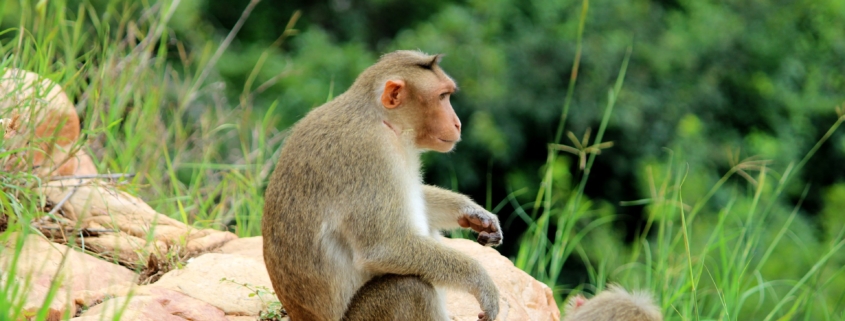Animal Viruses Are Jumping to Humans. Forest Loss Makes It Easier
The destruction of forests into fragmented patches is increasing the likelihood that viruses and other pathogens will jump from wild animals to humans, according to a study from Stanford University published this month.
The research, which focused on contact between humans and primates in western Uganda, holds lessons for a world reeling from the coronavirus outbreak and searching for strategies to prevent the next global pandemic.
“Covid has taught us that once a pandemic starts, it’s very hard to control,” said Laura Bloomfield, a doctoral candidate at Stanford and the study’s lead author. “If we can decrease the potential for people to come into contact with wild animals, that is one way to decrease the likelihood of having recurrent pandemics.”
In Uganda, a rapidly growing population means more people are carving out patches of forest land to feed their families.
Humans have already claimed more than a third of the Earth’s land for agricultural use.

